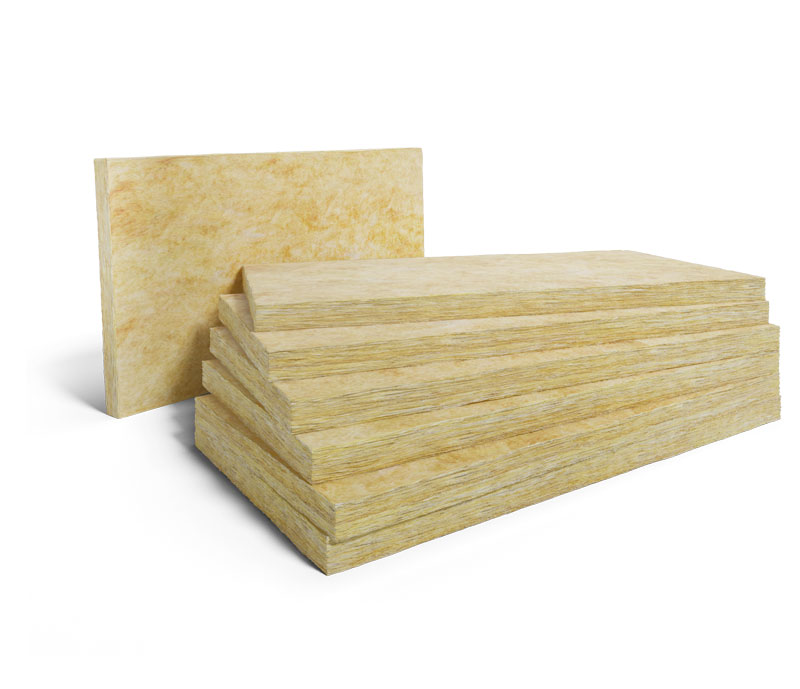Is Insulating External Walls With Wool Worth It?
Insulating solid walls or any other type of wall that has poor insulation is absolutely the optimal thing to do – not only from an energy efficiency perspective but if undertaken externally will also give your tired façade a renewed look.
There is a lot to be said about the materials that are used for this insulating process and many system designers out there will argue their point-of-view. If you are insulating the walls externally you can use a number of materials including: expanded polystyrene, mineral or rock wool, cork and phenolic resin. If the process is internal you could use mineral or rock wool, as well as sheep wool and phenolic resin.
Although wool insulation for walls is not the most popular product as yet, it certainly has advantages over other materials.
Mineral wool insulation is breathable
The mineral wool system is what the industry refers to as “open vapour system”, which means that effectively moisture particles can find a way from one side to the other through the material and the masonry walls. Do not confuse this with being prone to damp issues – an open vapour system will absorb moisture in the wool fibres and dissipate this through the breathable top coat of the render that was installed.
If your brick ties are very tired and the brick itself is prone to moisture, then this could be the solution for you. Effectively the damaged brick may never be fully dry when applying the wool insulation system. If you then install the open vapour system like wool it will allow the moisture the ability to dissipate through the material and out to dry, making this insulation material really good for these types of scenarios.
A closed vapour system on the other hand stops like EPS the moisture escaping on the outside which is why in some cases when installed on properties it shows signs of damp on the inside.
Mineral wool has high resistance to fire
One of the big advantages of mineral wool versus EPS is the ability to resist a fire breakout for hours, allowing the agent time to mitigate the issue. During laboratory tests, a fire breakout on EPS could literally be in minutes whereas the wool just doesn’t give in easily. The EPS doesn’t necessarily catch fire but it emits large plumes of black smoke quickly enwrapping a building or room.
Other benefits of fire retardant properties
The mineral wool insulation is perfect for insulating public buildings such as schools, hospitals and local authority buildings because of the resistance to fire-breakouts. Insurance companies in particular insist that many of these properties are only insulated in wool to reduce the risk of claims from fire damage.
Local council buildings and hospitals are over 3 storeys in most cases and the wool insulation is really the only suitable material for the insulation process.
High resistance to microbiological attacks
Buildings react to moisture, dust and other microbes found in the air. This is why you can see evidence of wear and tear on brick or algae growth where there is moisture build up. The wool material is fantastic at mitigating this and allowing the masonry behind it to be protected and last a long time without any further wear and tear.
Acoustic advantages
If you live on busy road or just have a noisy neighbourhood then applying the wool insulation will go a long way in muffling that sound. Unfortunately the sound doesn’t just travel through glass windows or doors it actually also come through uninsulated walls.
The crimp fibres on the wool absorb sound and make this the perfect material to use if you are also after better acoustics as well as energy saving properties.
Using wool for internal insulation
Mineral or rock wool can be installed on the inside of the property. The insulation process is pretty much the same if you were using phenolic boards – using wood battens to attach this to the internal walls.
If you are looking for ecological properties, according to Sheepwool4Homes, then pure sheep wool insulation can also be used to insulate the internal walls. Sheep wool has added benefits of filtering air and absorbing harmful toxins in the existing building fabric, however is 3 times the price of normal fibre glass or rock wool.
The main issue you will have here is the space considerations. To achieve a u-value of 0.3 or better be prepared to sacrifice away at least 14cm of internal space, which would be quite a lot if you are insulating more than one wall.
Also with internal insulation there is more upheaval to the property as radiators and piping has to be more and adjusted as well as the walls being fully redecorated.
Cost is reasonable but not the cheapest
The cost of the insulation material is about double the price of EPS making more expensive. However all the other components in the insulating process like the adhesive, basecoat, the starter track, fixings and render are the same.
More cost is added onto the labour component of the insulation, just because it is a lot more difficult to handle than EPS or the phenolic material.
Cost comparison for external wall insulation per m2:
- EPS – £95/m2
- Phenolic – £115/m2
- Mineral Wool – £130m2
- Cork – £170m2
Should I use wool insulation for my walls?
Externally, we would recommend the wool and the expanded polystyrene (EPS) products or the sheep wool internally if you can afford it and if space is not an issue.
Now EPS is the cheapest and most common system design, followed by the mineral/ rock wool. The mineral wool is the product to use in public buildings, high rise flats, schools and hospitals because of the fire retardant properties and it is insisted upon by insurance companies.
The disadvantages are that it is not great if space is an important consideration or if you are looking for a high impact resistant system.

Wool insulation is a fantastic material to use and it has many advantages. As long as you install a product that comes with a long term warranty there is no reason that it shouldn’t provide you with the benefits for years and years.







1 comment
So, I’ve been reading everyone’s comments and congratulations for it .